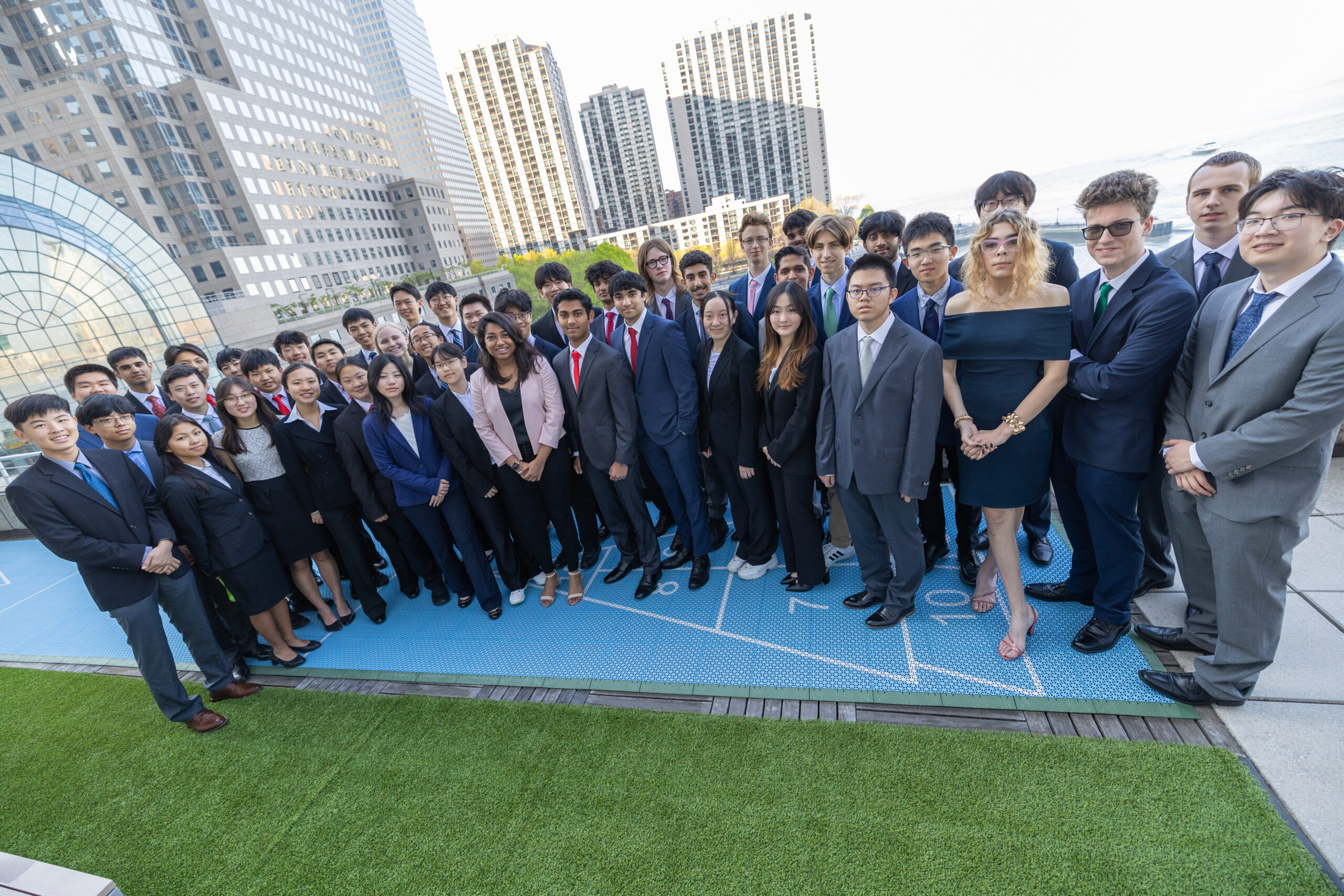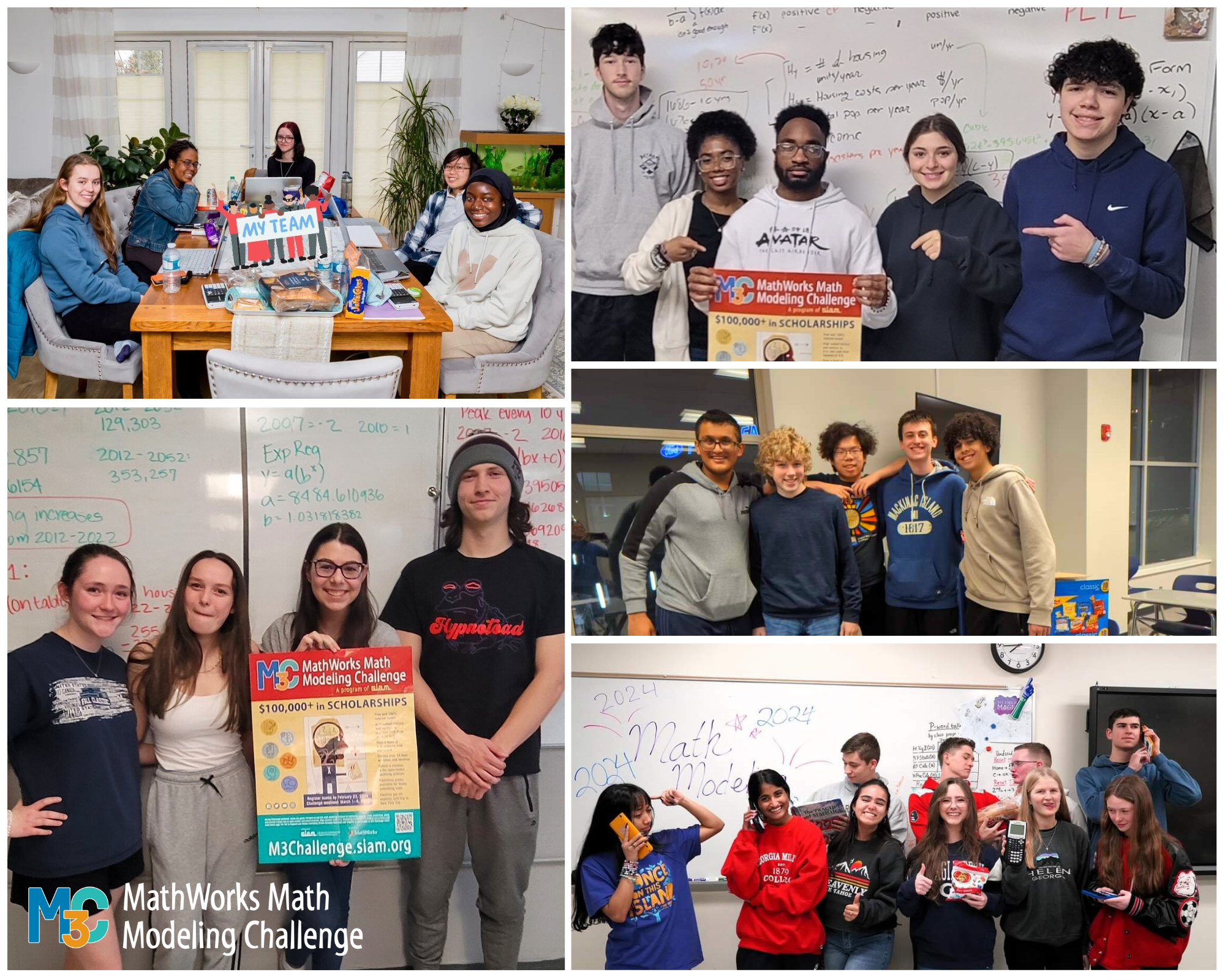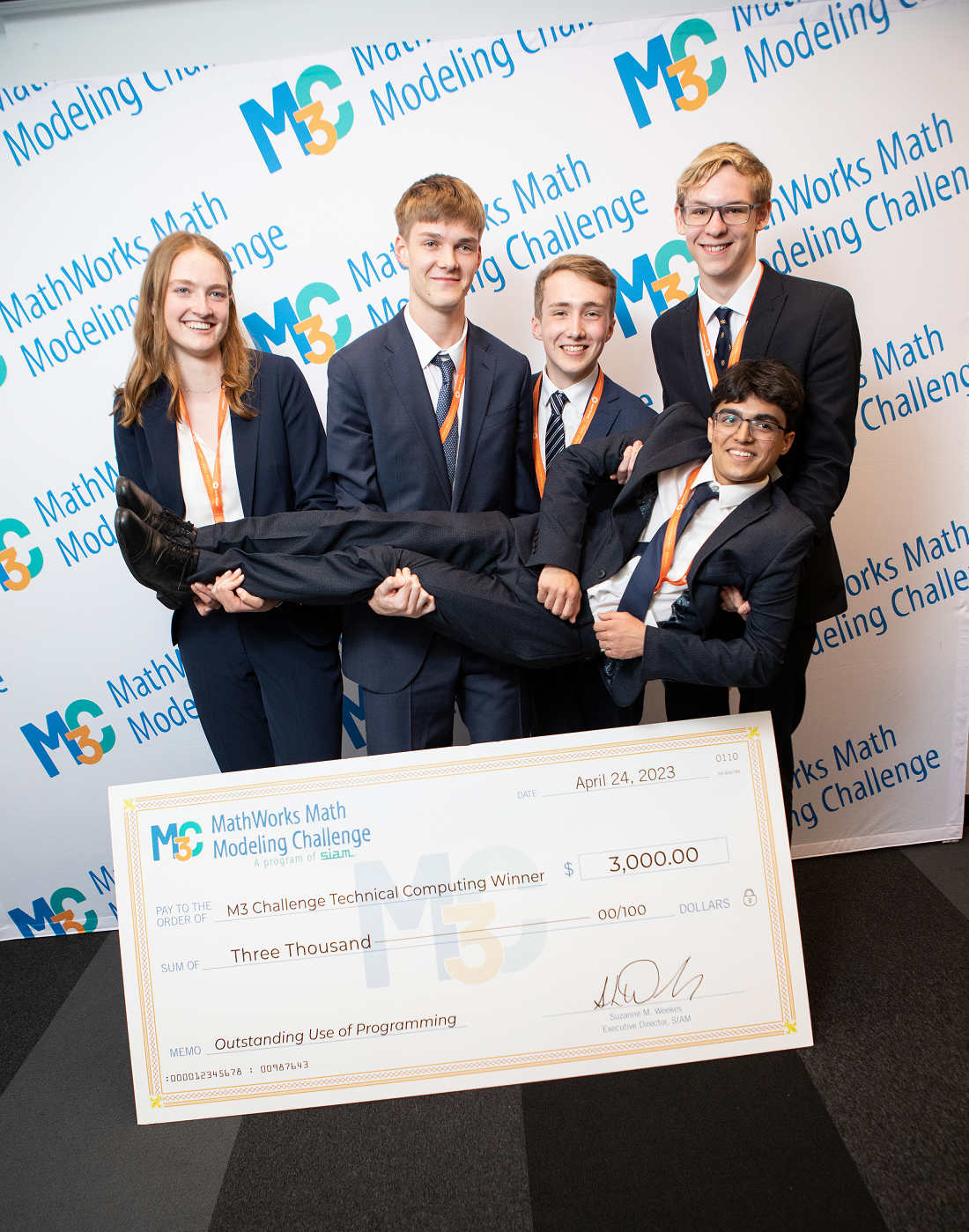In these sample papers from the 2018 M3 Challenge, students were asked to quantify the costs and benefits of repurposing squandered food, and to recommend strategies for communities to adopt. Each paper has a cover sheet that indicates what judges liked about the paper and what could have been improved.
“In order to be able to understand the topic it was in our best interest to get familiar with the reasons on how so much food could [be] thrown away and we came to realize that it is mostly based on the consumer and producer. Based on these findings it was then up to our team to solve our initial task of creating a model that would be able to establish the capacity that a state within the United States of America could have in providing for its food insecure people.”
“We were tasked to create a mathematical model to determine if Texas could feed its food insecure population with the wasted food generated in the state over a year. Our model was first created to find the total amount of food Texas wastes. In order to find the amount wasted, we needed to add the food waste of every consumer and retailer in the state.”
“The following analysis was to determine how much food is wasted by certain households with different specifications through mathematical modeling. Since food intake is affected by both age and income, the model focuses on finding a relationship between food consumption, household income, and age of the individuals. To carry out this task, two separate functions were formulated, each aimed to relate the age and income respectively to the food expenditure, overall evaluating the quantity of food wasted by each household. The results indicated that both functions of age and income on the total amount of food expenditure could be modeled as quadratic relations.”





